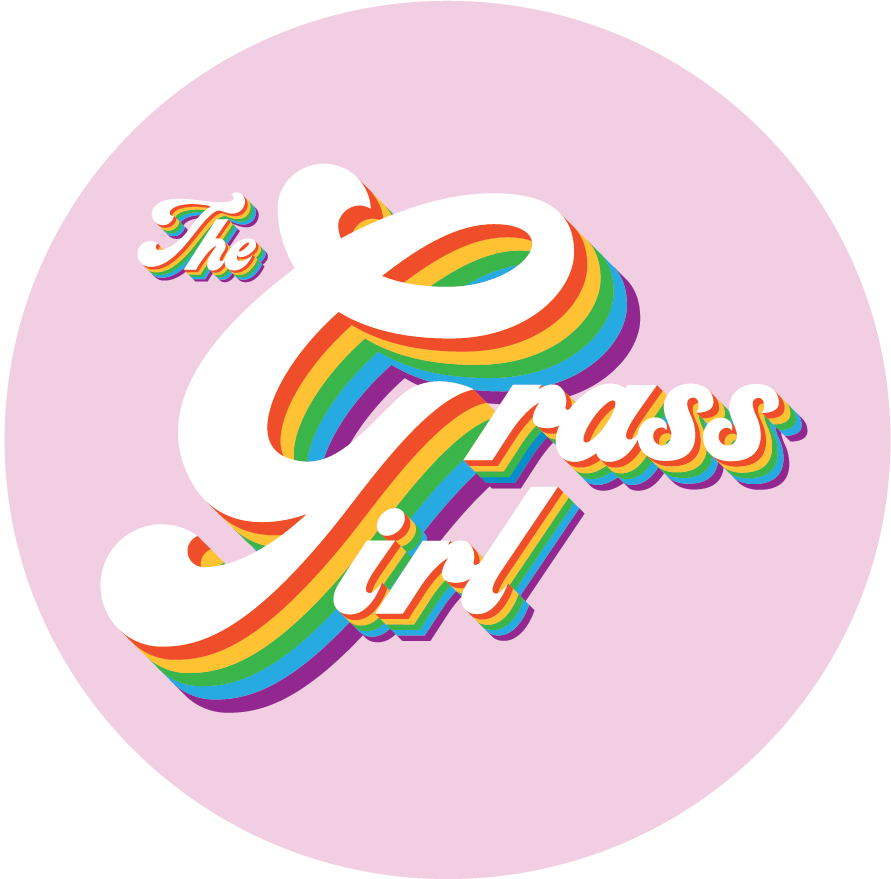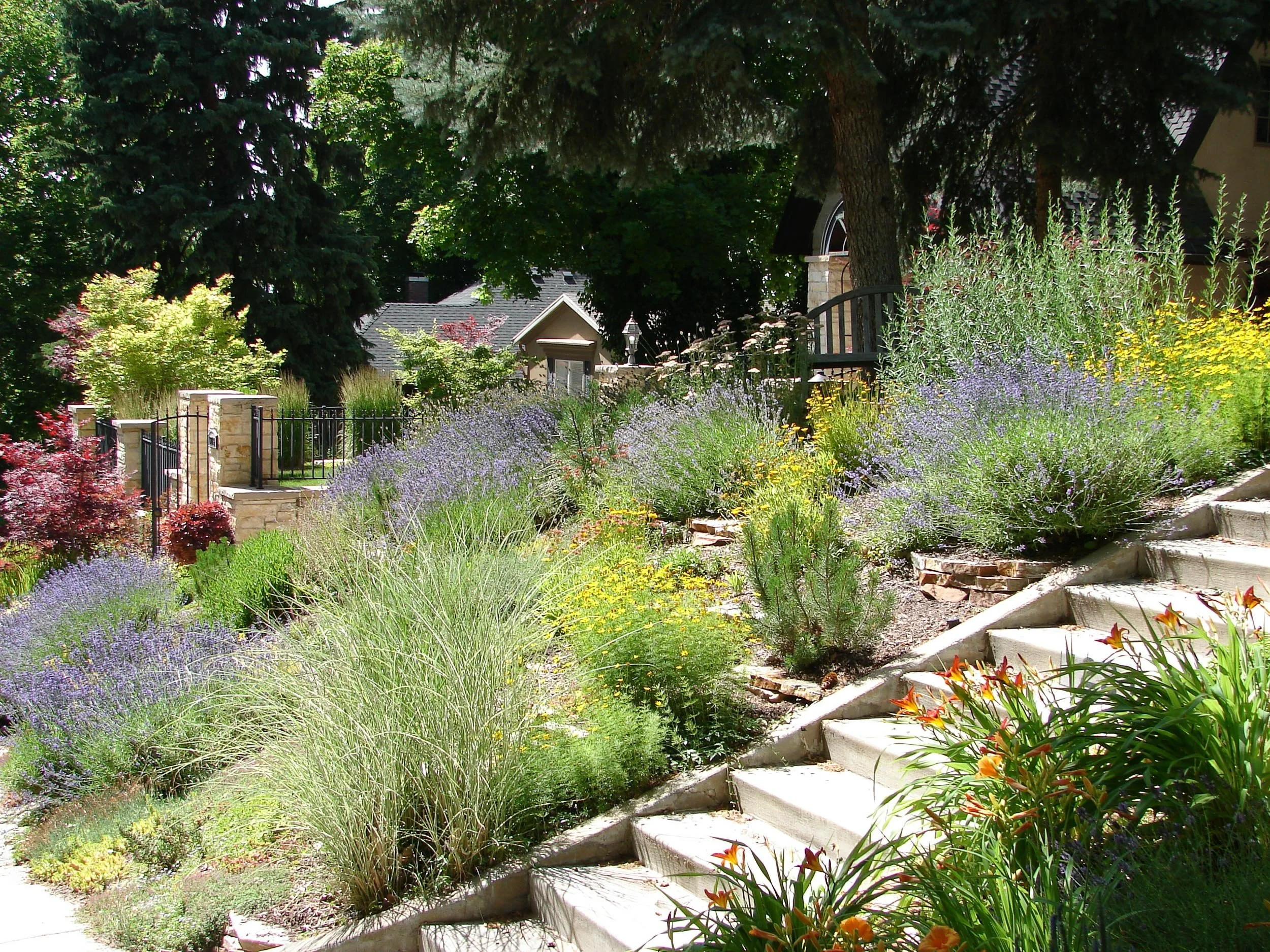Zone 7 Native Xeriscape Gardens
As we head into 2023, there is a growing awareness of the need to prioritize sustainability in all aspects of our lives. One way to do this is by utilizing native plants in our gardens and landscaping, particularly in xeriscapes, which are designed to be drought-tolerant and low-maintenance.
In this blog post, we will explore the benefits of native xeriscapes in Zone 7 gardens and how to design them for maximum aesthetic appeal and to adapt our gardens and home landscaping to our world’s changing climate.
Benefits of Native Xeriscapes in Zone 7 Gardens
Native xeriscapes have numerous benefits, including:
Drought and Heat Tolerance: Native plants are adapted to the local climate, so they are better able to withstand periods of drought and heat.
Water Conservation: Xeriscapes are designed to be water-efficient, reducing the need for irrigation and conserving water resources.
Sustainability: By using native plants, we are supporting local ecosystems and reducing the need for fertilizers, pesticides, and other chemicals that can harm the environment.
Low-Maintenance: Once established, native xeriscapes require minimal maintenance, saving time and resources.
Ecosystem Support: Native plants provide important habitat for birds, butterflies, and other wildlife, helping to maintain and promote a healthy ecosystem.
Designing Beautiful Native Xeriscapes in Zone 7
Native xeriscapes can be just as beautiful and visually appealing as traditional gardens, with the added benefits of sustainability and low maintenance.
Here are some tips for designing beautiful native xeriscape gardens in Zone 7:
Choose Native Plants: Look for plants that are native to Nashville’s specific USDA zone 7a area. These plants will be better suited to the soil, temperature, and rainfall patterns in Nashville.
Use Contrast: Play with color, texture, and shape to create contrast and visual interest. Mix tall and short plants, soft and spiky textures, and round and linear shapes for a dynamic and eye-catching display.
Mulch: Mulching around your plants can help to retain moisture in the soil and reduce water loss through evaporation. Use a natural, organic mulch such as wood chips or straw to improve soil health and reduce weed growth between your garden’s plants.
Group Plants by Water Needs: Group plants with similar water needs together to avoid over- or under-watering. This will also help to create a more visually cohesive garden.
Use Permeable Hardscaping: Instead of traditional impermeable surfaces like concrete or asphalt, consider using permeable hardscaping materials like decorative gravel or permeable pavers. This will allow water to penetrate the ground instead of running off and contributing to erosion and water pollution.
Use Rain Barrels: Collecting rainwater in barrels can help to reduce your reliance on municipal water supplies, while also providing a source of water for your garden during dry spells. The easiest way to capture rainwater is by collecting rainwater from the downspout of your home’s gutters.
Embrace Diversity: Diversity is key to creating a resilient xeriscape garden. Incorporate a variety of plant species, including different heights, colors, textures, and bloom times, to create a visually interesting and dynamic garden. This will also provide habitat for a range of pollinators and other beneficial wildlife throughout each month of the year.
Adapting to Climate Change in Zone 7
While aesthetics are important, designing a garden that can withstand the effects of climate change is becoming increasingly crucial. For those in Zone 7, the recent flash freeze on December 22, 2022, served as a harsh reminder of the unpredictability of weather patterns. In response to these challenges, gardeners are turning to drought-tolerant native plants to create resilient and sustainable xeriscapes.
Some great choices for drought-tolerant natives that can handle extreme weather include:
Black-Eyed Susan (Rudbeckia hirta): A perennial with bright yellow or orange flowers that bloom from summer to fall.
Purple Coneflower (Echinacea purpurea): A drought-tolerant perennial with pinkish-purple flowers that bloom from midsummer to fall.
Switchgrass (Panicum virgatum): A tough ornamental grass that is drought-tolerant and has a striking upright habit.
Butterfly Weed (Asclepias tuberosa): A perennial with vibrant orange flowers that bloom in midsummer and is a great food source for butterflies.
Little Bluestem (Schizachyrium scoparium): A drought-tolerant ornamental grass that has blue-green leaves and turns a stunning coppery color in the fall.
Coreopsis (Coreopsis spp.): A drought-tolerant perennial with bright yellow flowers that bloom from early summer to fall.
Beardtongue (Penstemon spp.): A perennial with tubular-shaped flowers in shades of pink, purple, or white that bloom from late spring to midsummer.
Blanket Flower (Gaillardia spp.): A drought-tolerant perennial with brightly colored red and yellow flowers that bloom from summer to fall.
Yarrow (Achillea millefolium): A drought-tolerant perennial with feathery leaves and clusters of small white, yellow, pink, or red flowers that bloom from summer to fall.
Sedum (Sedum spp.): A drought-tolerant succulent with fleshy leaves and small, star-shaped flowers in shades of pink, yellow, or white that bloom from late summer to fall.
Virginia Bluebells (Mertensia virginica): A spring-blooming perennial with blue or pink bell-shaped flowers that thrives in moist but well-drained soil.
Wild Bergamot (Monarda fistulosa): A drought-tolerant perennial with pinkish-purple flowers that bloom from midsummer to fall and is a great food source for bees and butterflies.
Prairie Dropseed (Sporobolus heterolepis): A drought-tolerant ornamental grass that has a fine texture and emits a sweet scent when the leaves are crushed.
Coneflower (Ratibida spp.): A drought-tolerant perennial with daisy-like flowers in shades of yellow, orange, or red that bloom from summer to fall.
Littleleaf Linden (Tilia cordata): A drought-tolerant tree with heart-shaped leaves that turn a beautiful golden yellow in the fall.
These are just a few examples of the many native plants that can be used in Zone 7 xeriscapes. When designing a xeriscape garden, it is important to consider a range of factors, such as sun exposure, soil type, and plant height, to create a cohesive and sustainable design placed perfectly within the layout of your property.
By choosing drought-tolerant natives, designing with sustainability in mind, and adapting to climate change, homeowners can begin using their properties to create beautiful and resilient gardens that benefit both the environment and the local ecosystem, rather than just creating for curb appeal.




